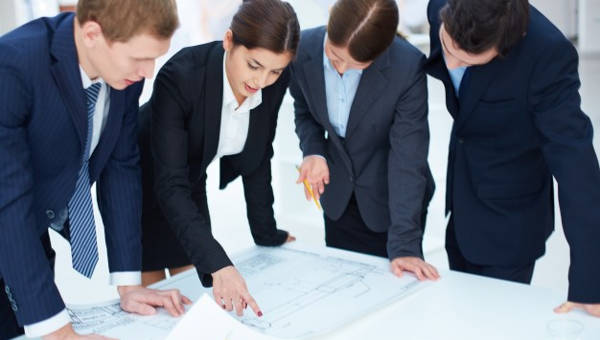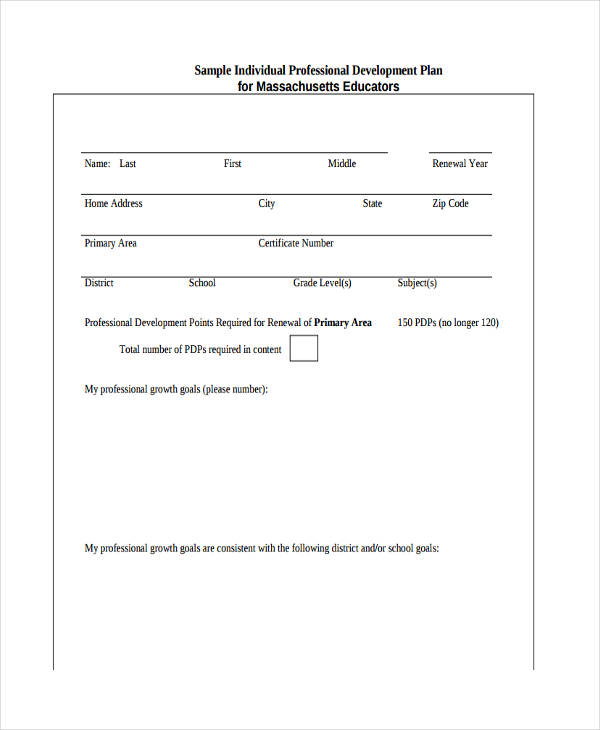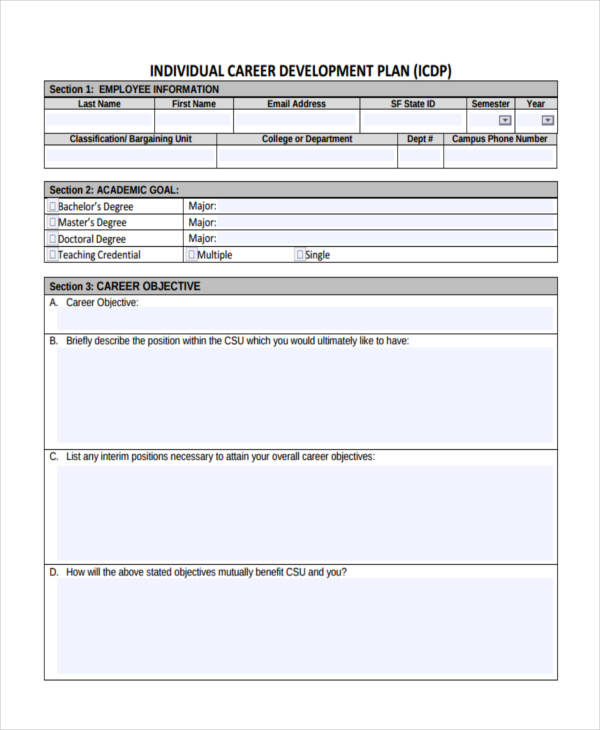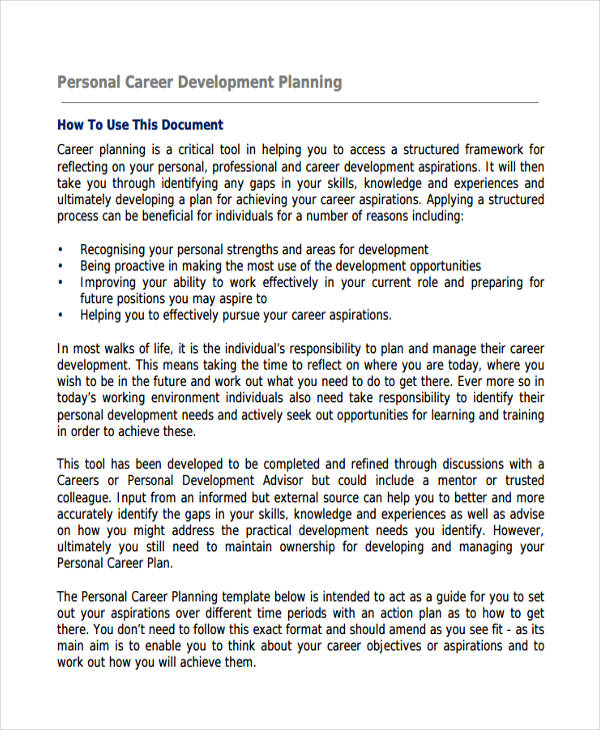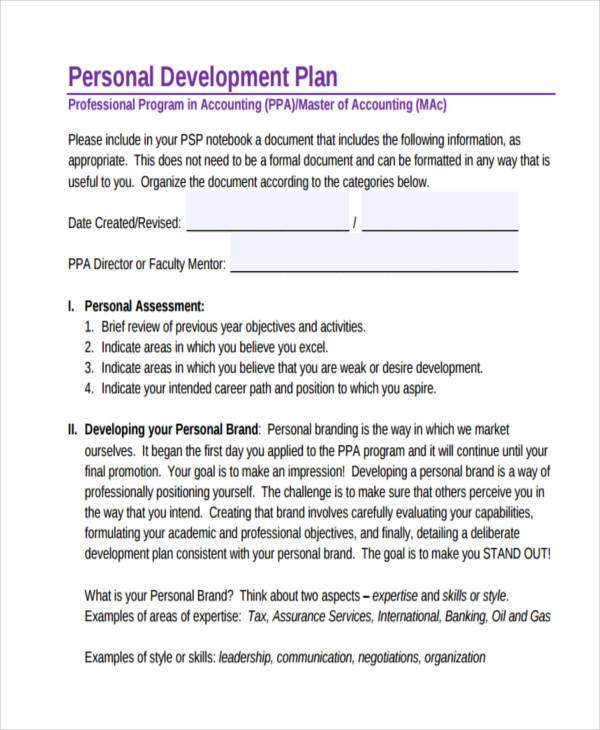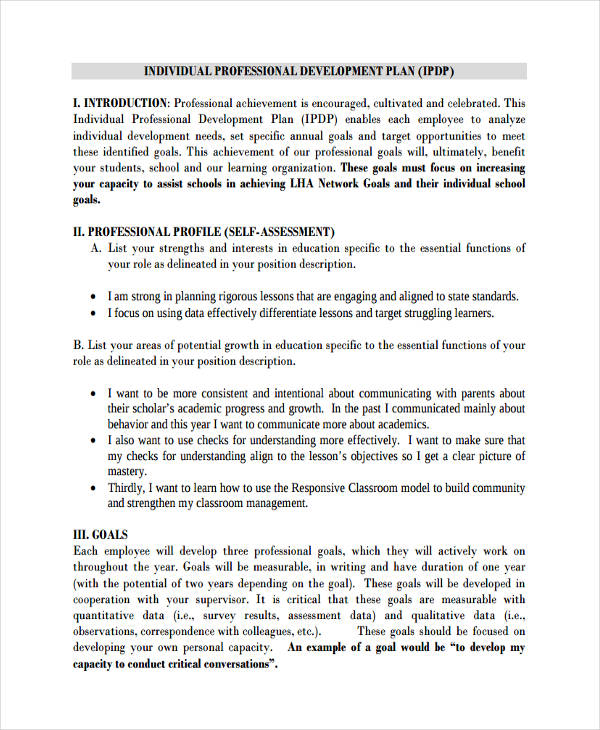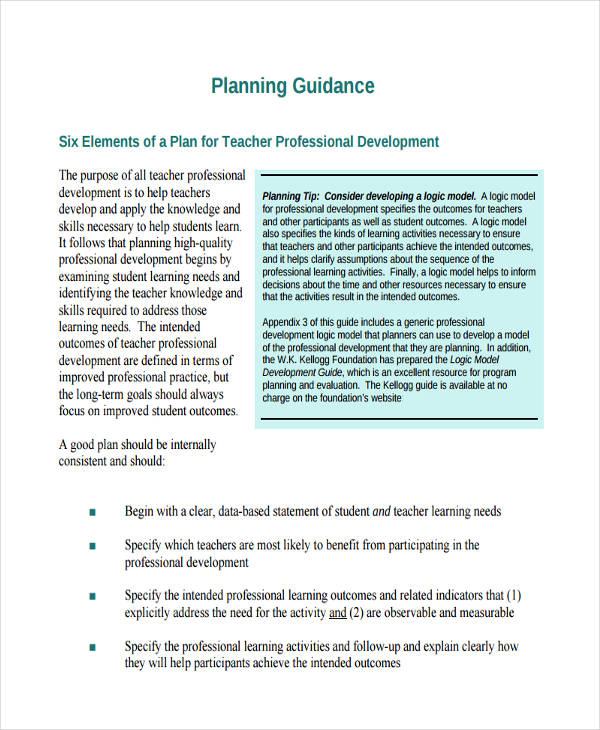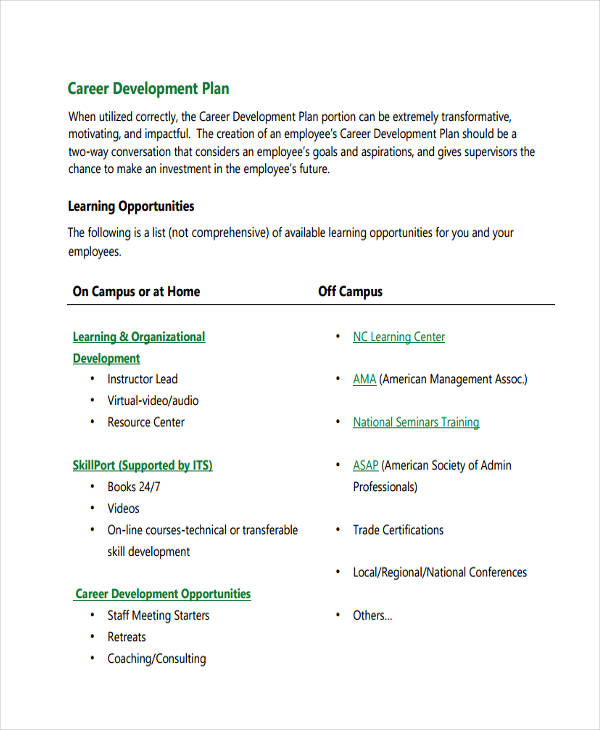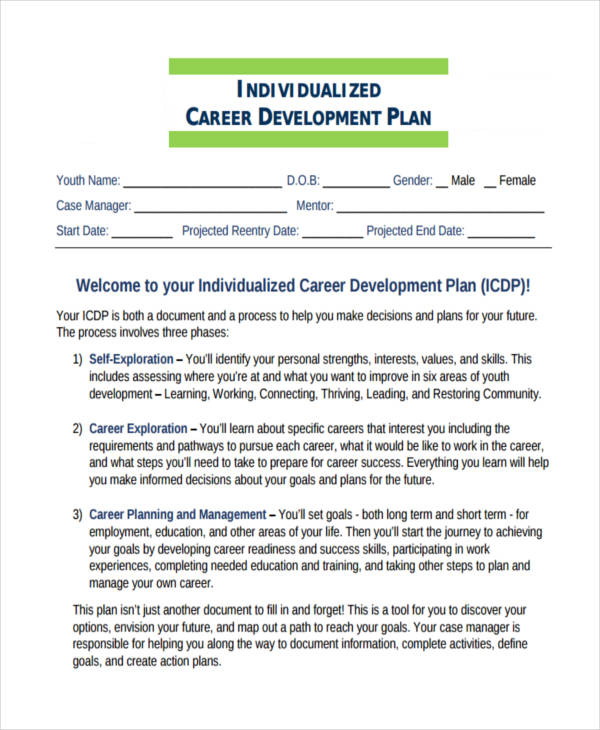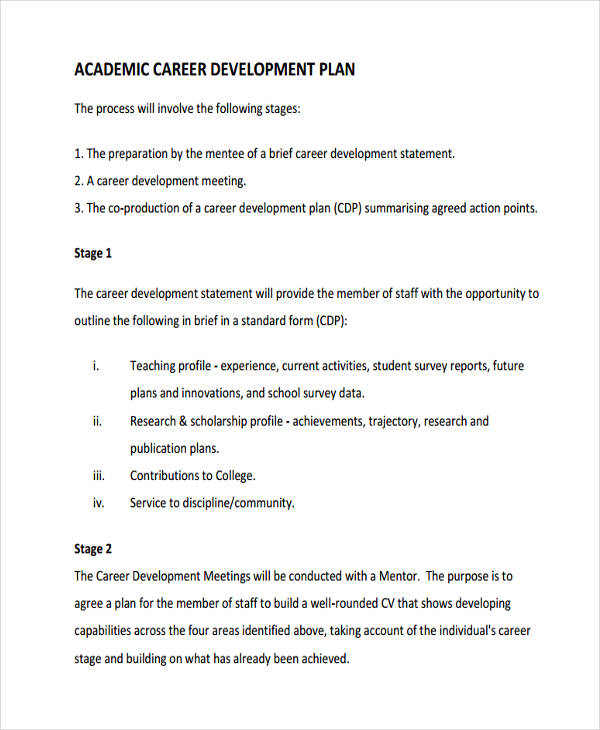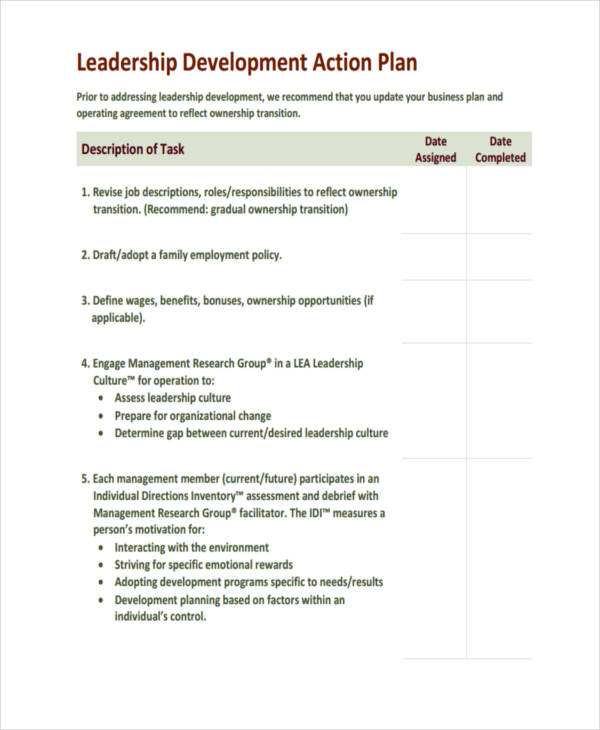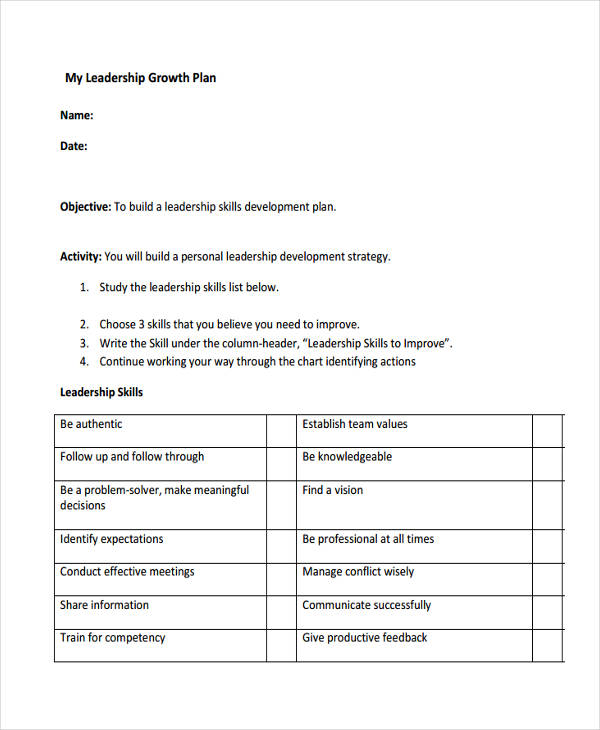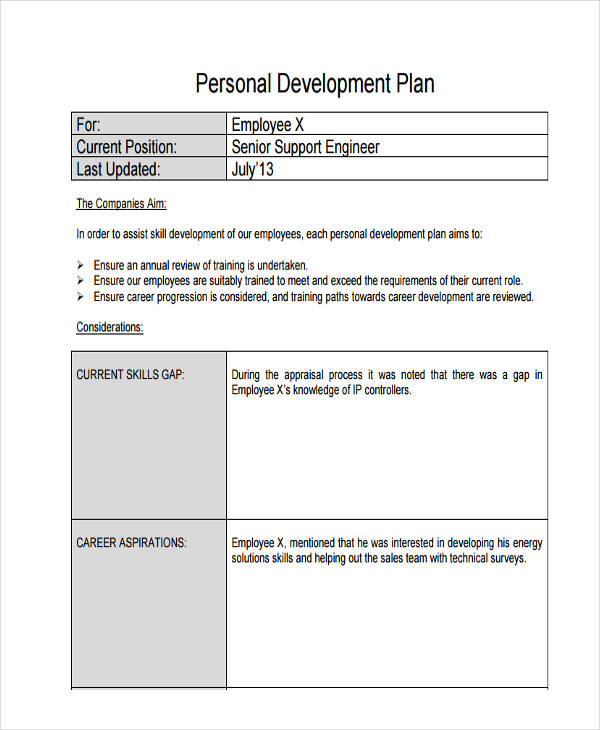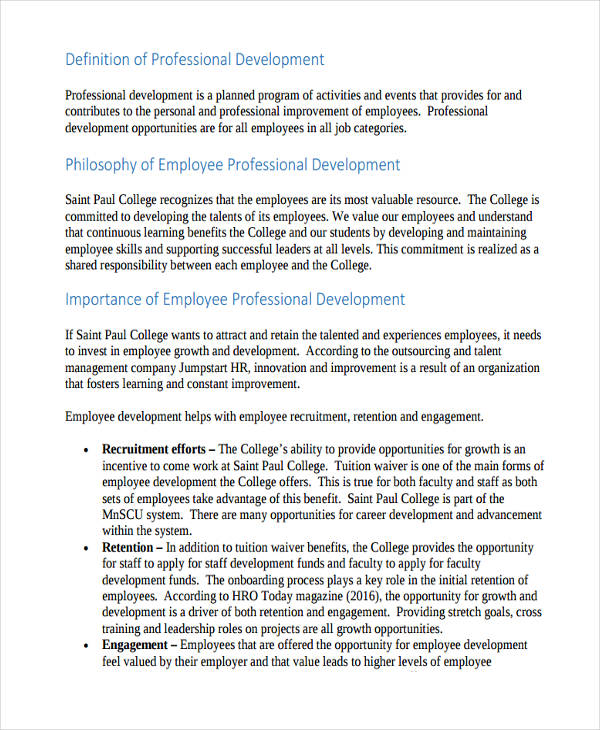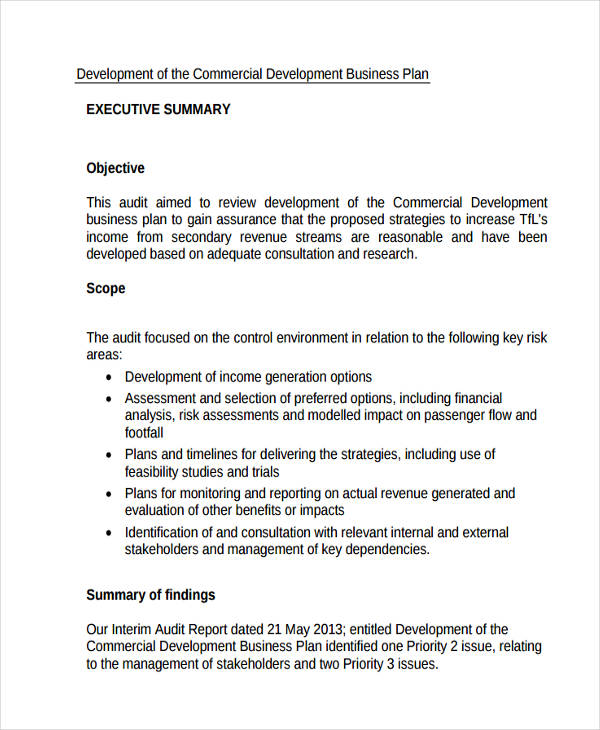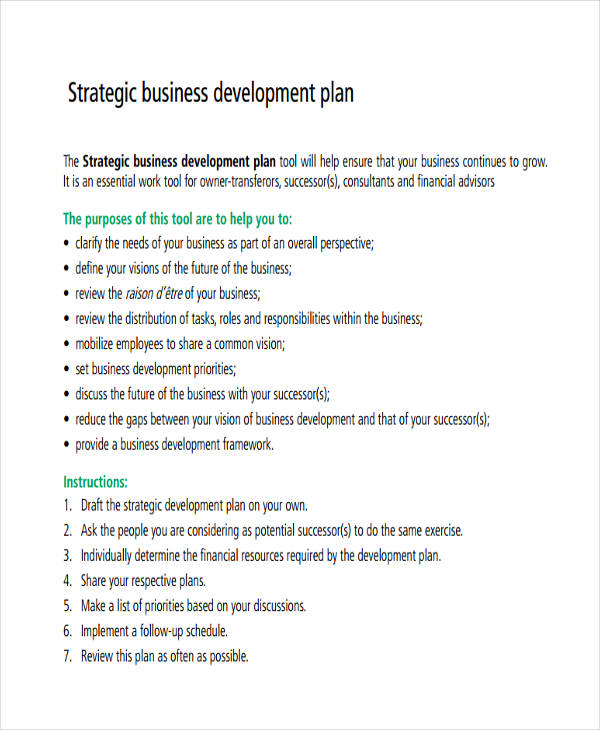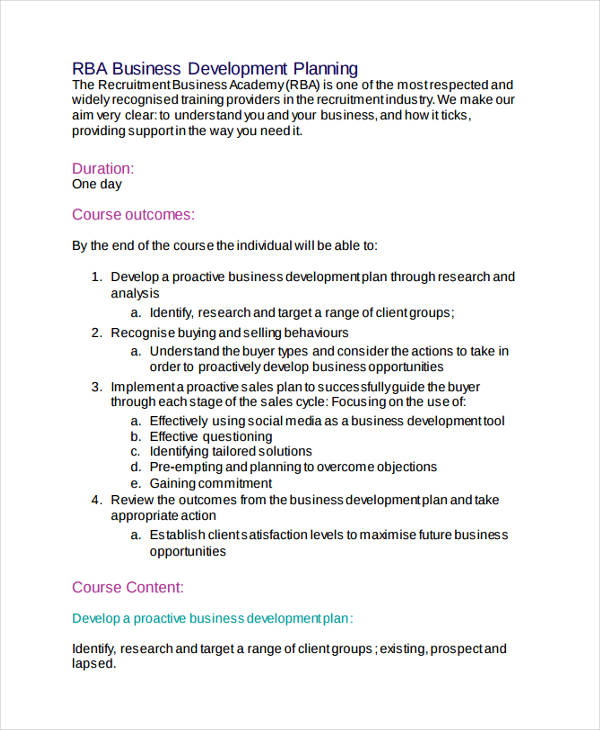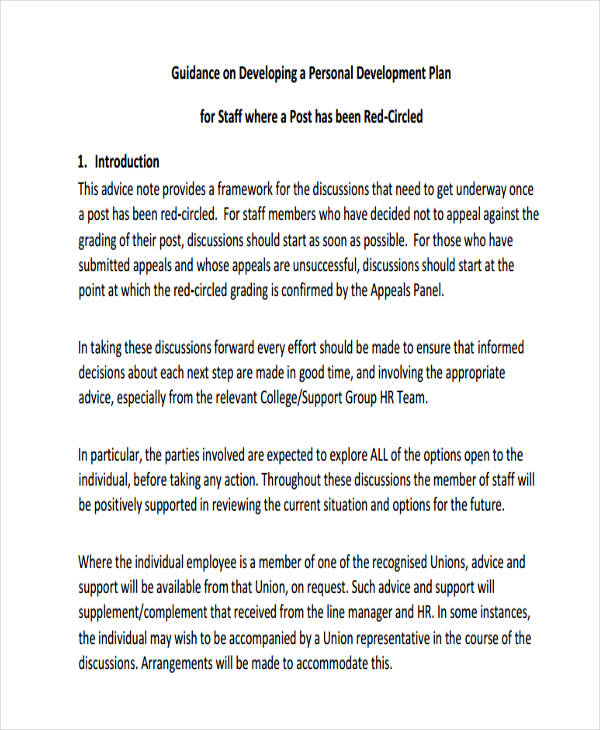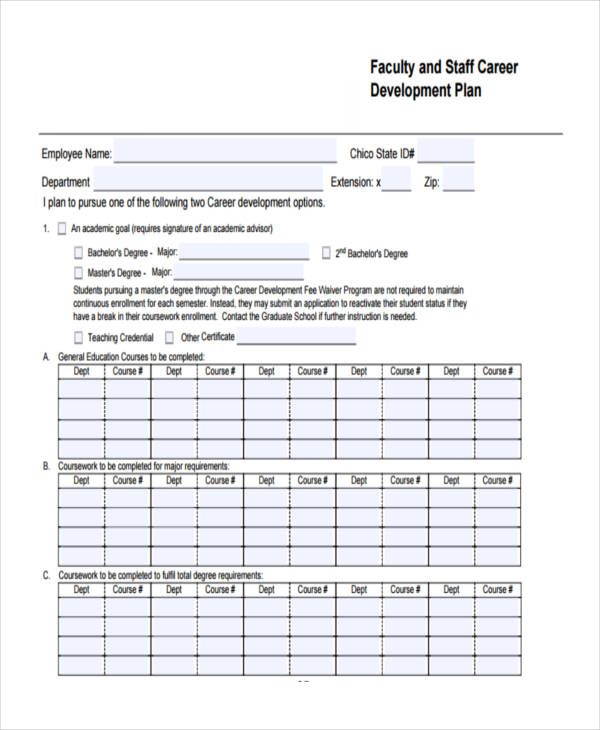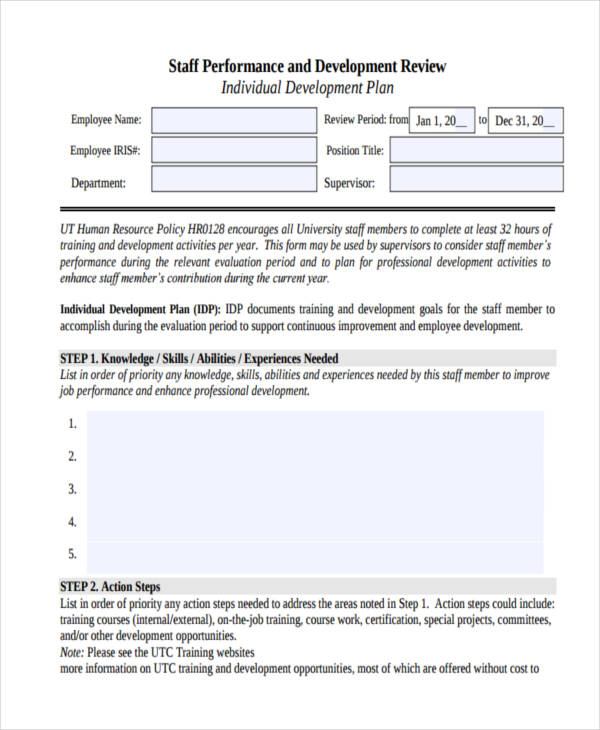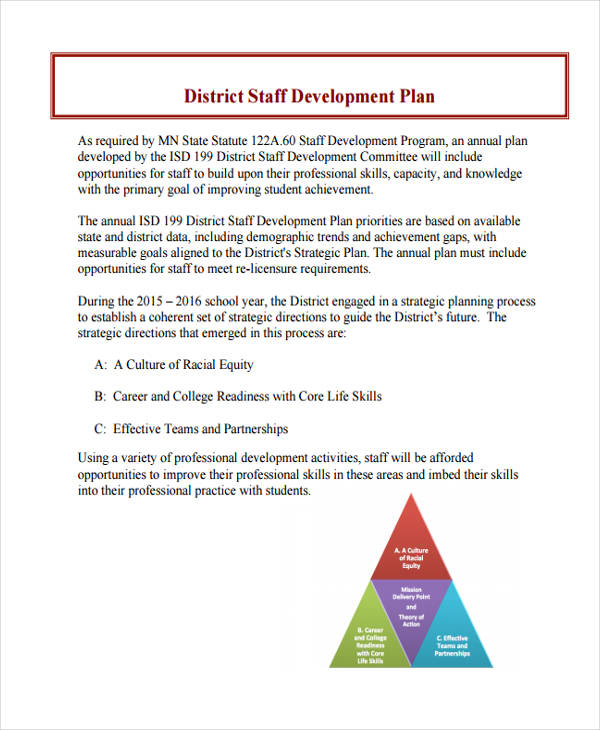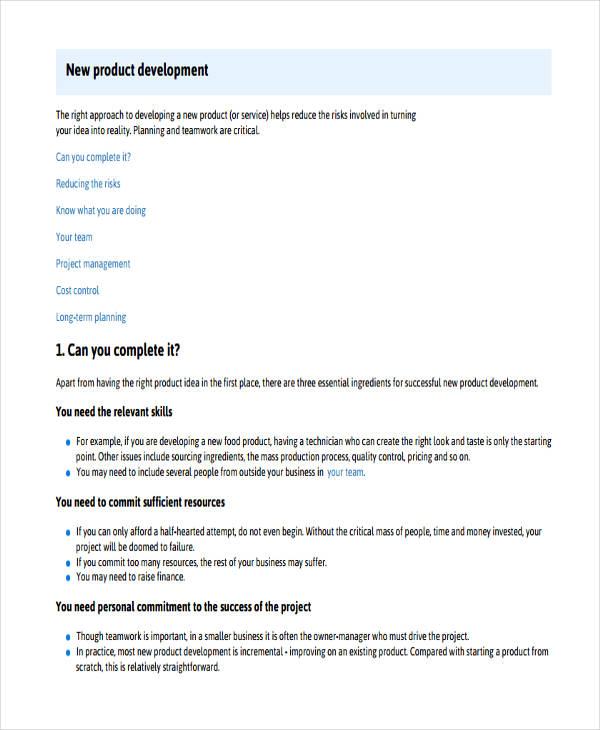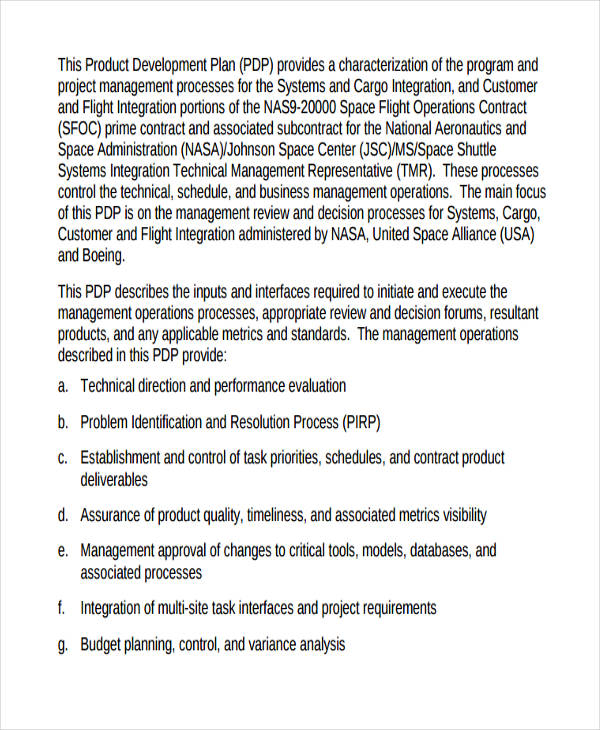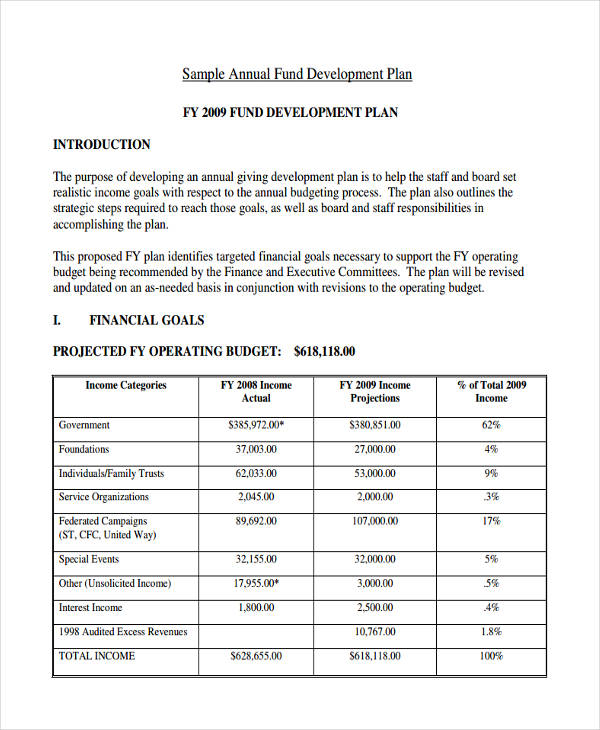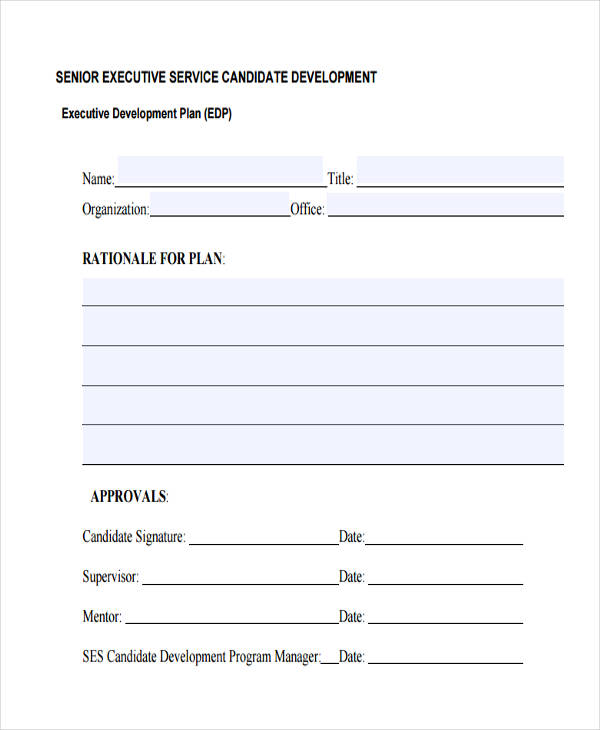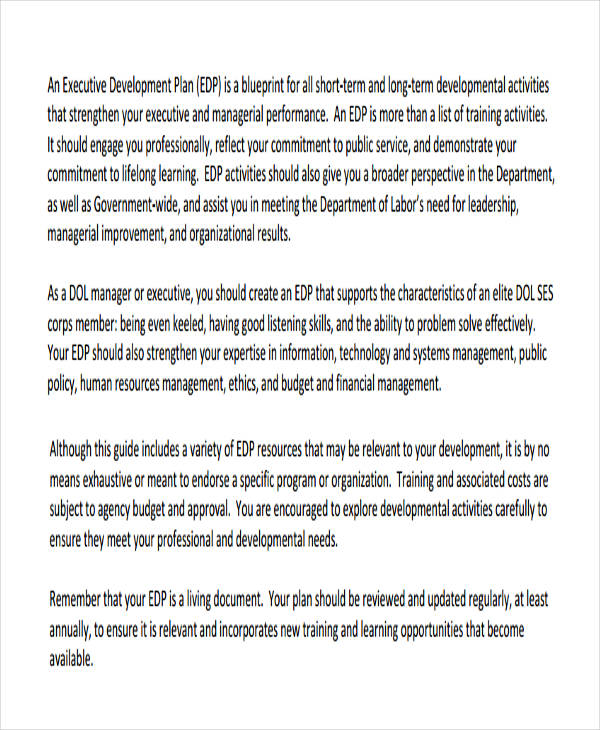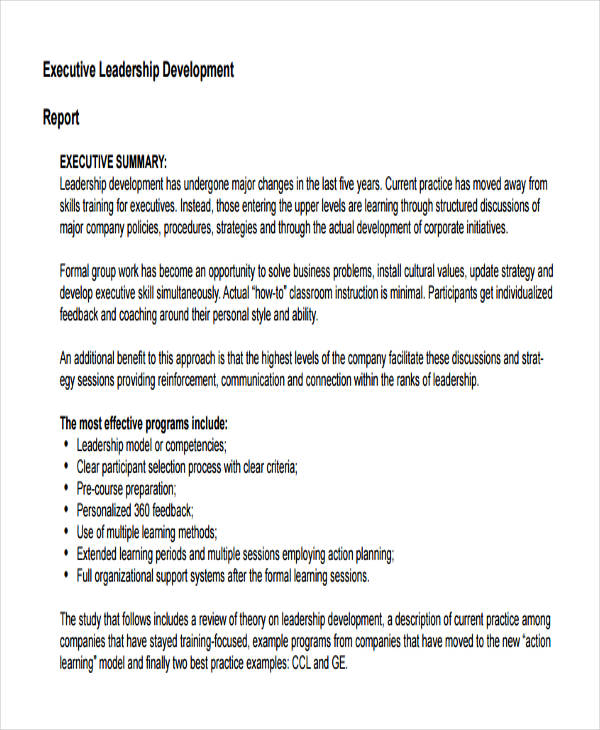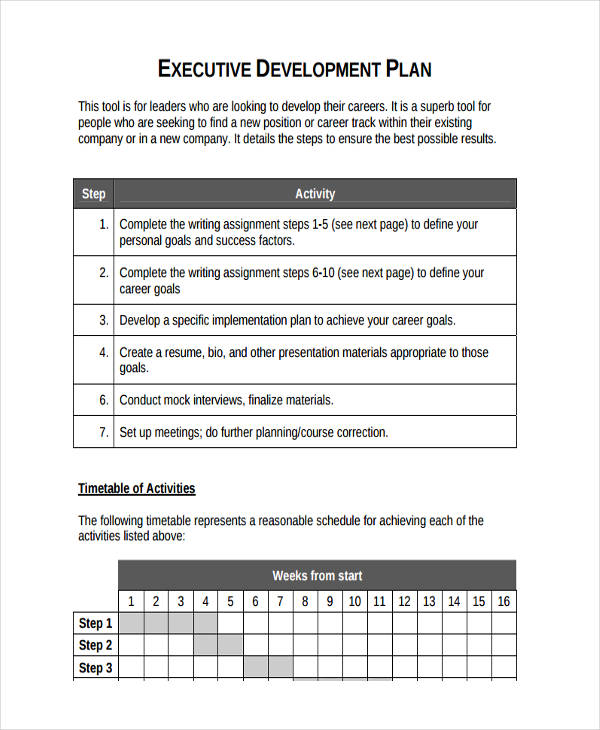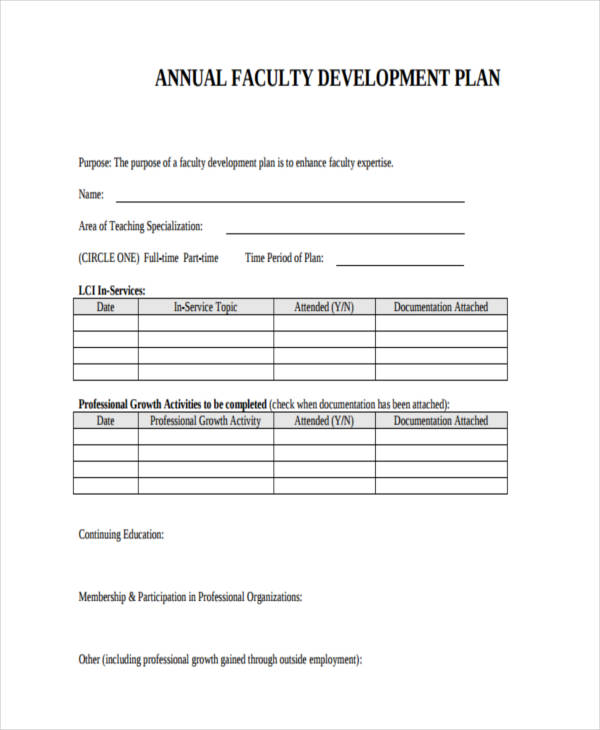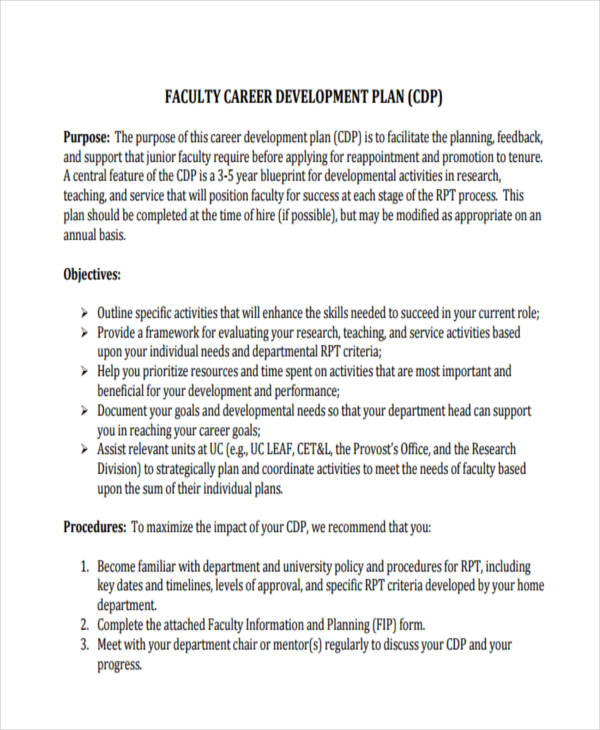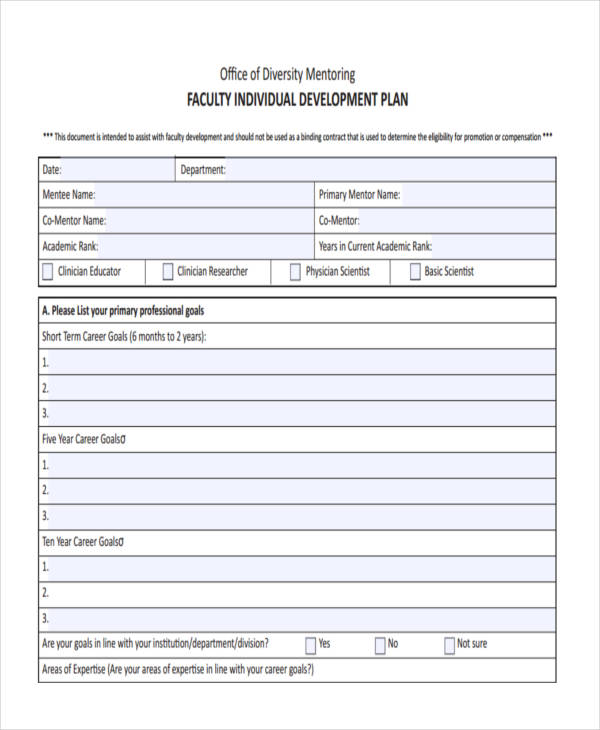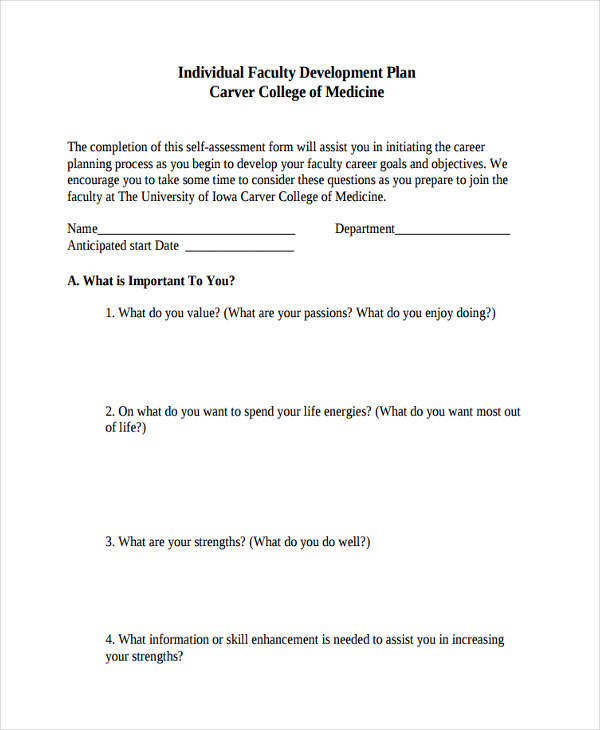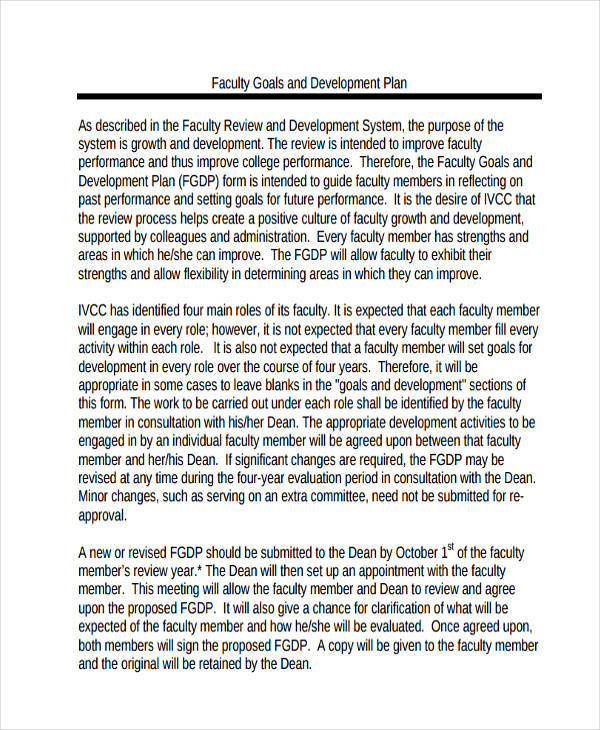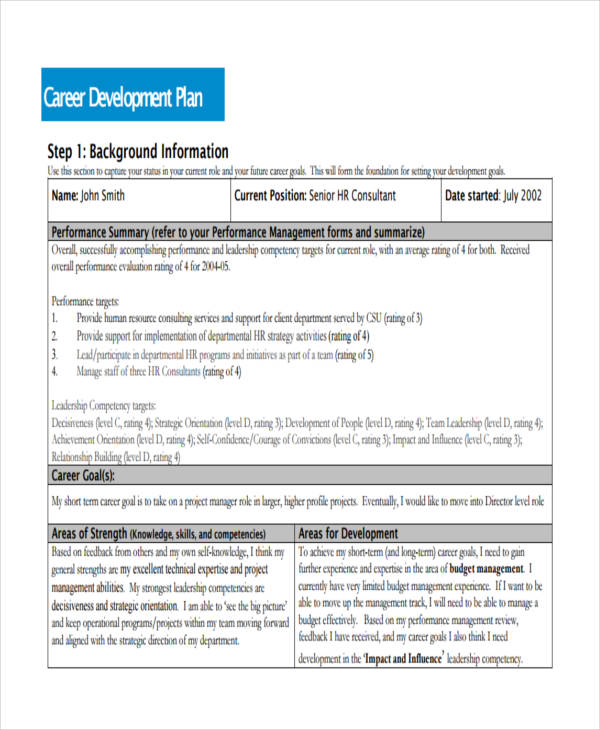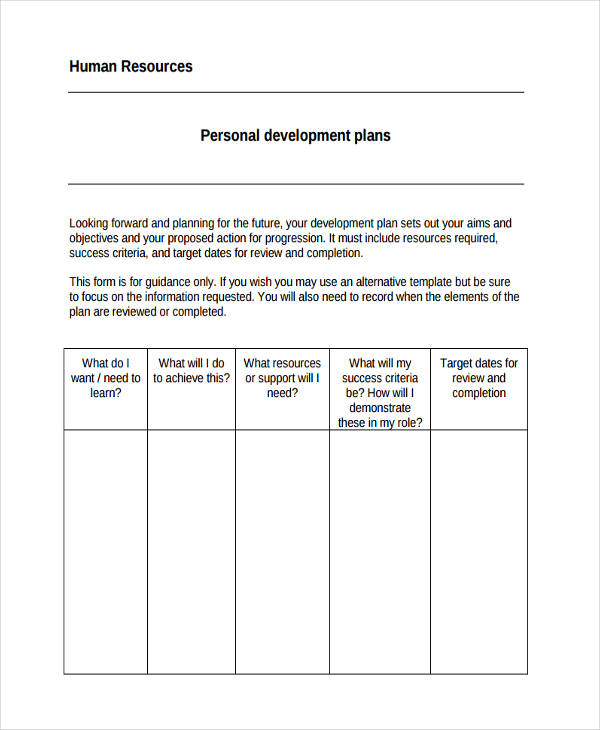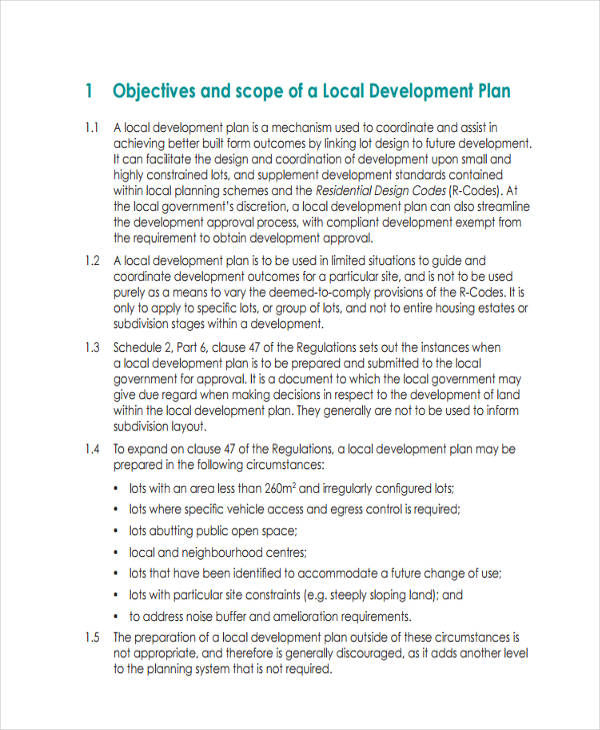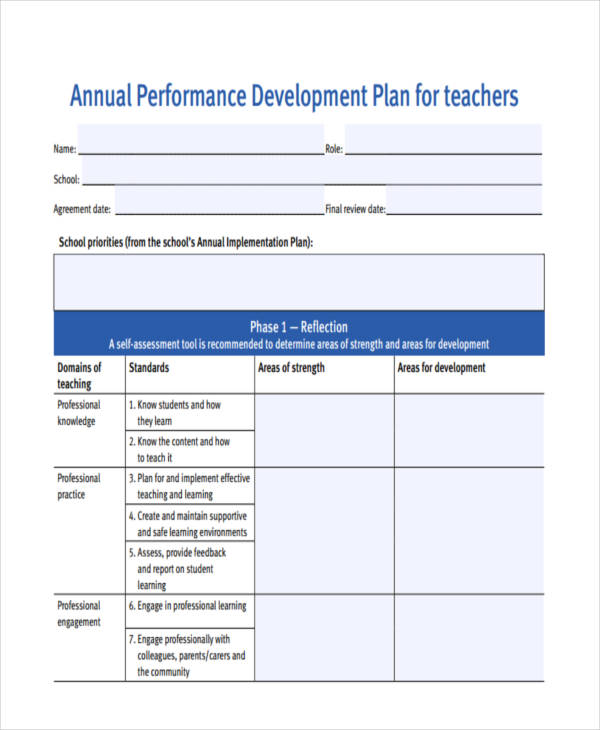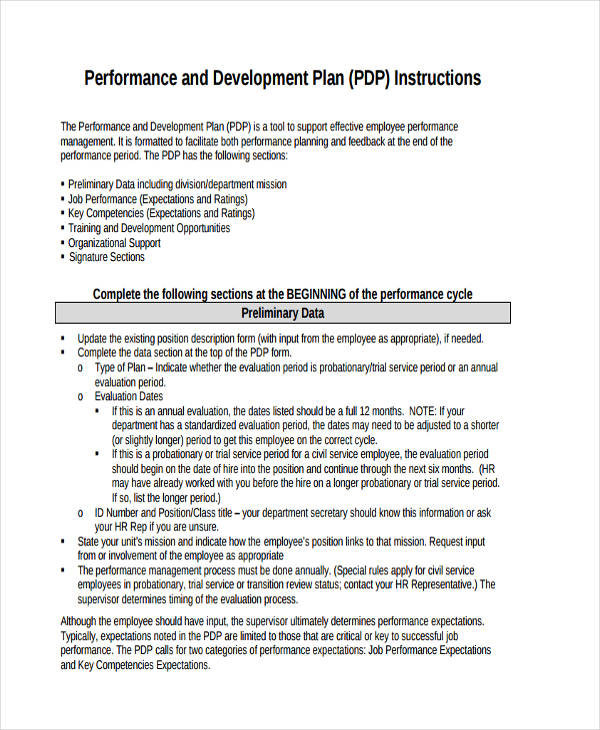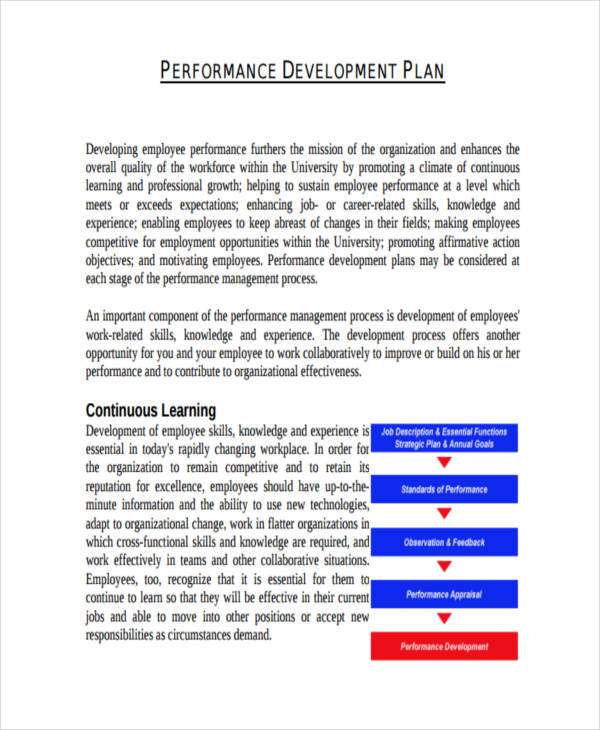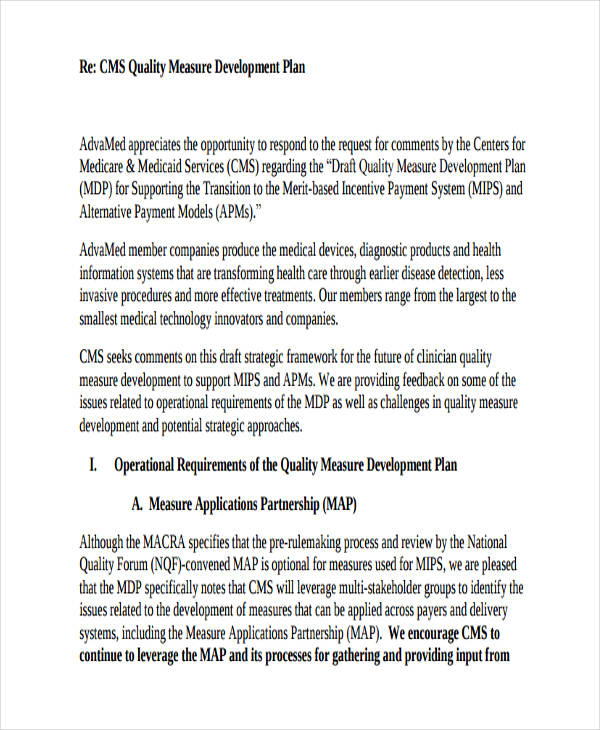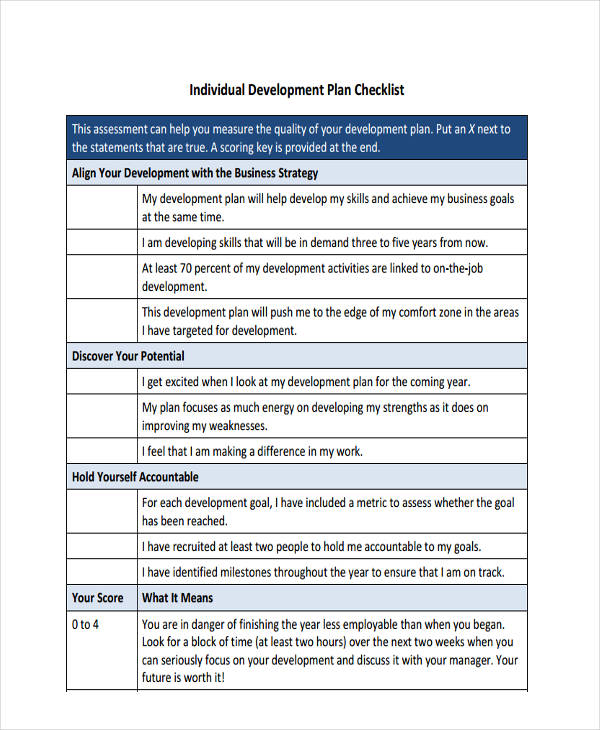80+ Development Plan Examples to Download
Many are constantly on the lookout for the next area of improvement. This can be highly personal in nature, such as upgrading one’s skills or even business-related, such as where a company can do better. Since improvements don’t always happen on its own, the smart move would be to develop a development plan to ensure success. What is this, you ask? Well, you’re about to find out. Scroll on to learn more about this kind of plan, as well as to discover the best development plan templates from our extensive list below.
80+ Development Plan Examples
Development Plan Format Example
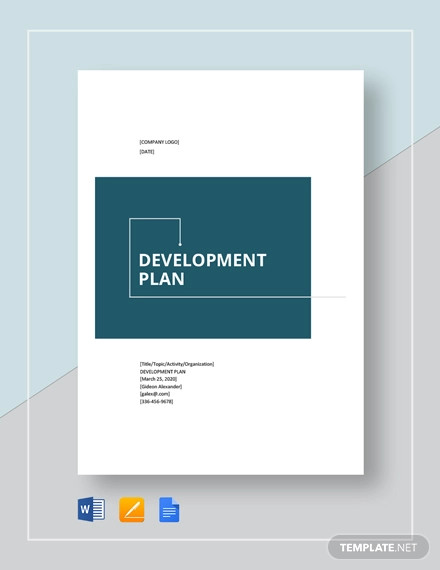
Simple Development Plan Template
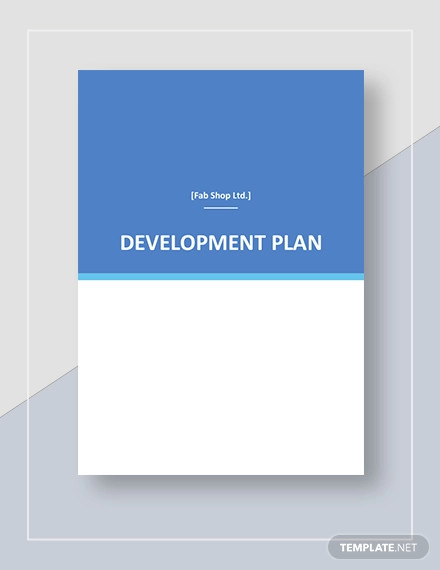
Skills Development Plan Template Example
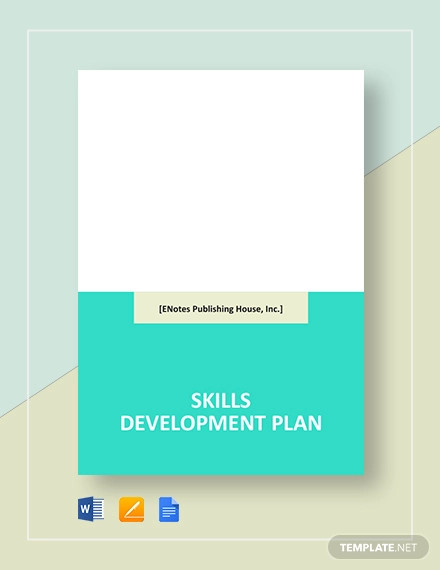
Performance Development Plan Template
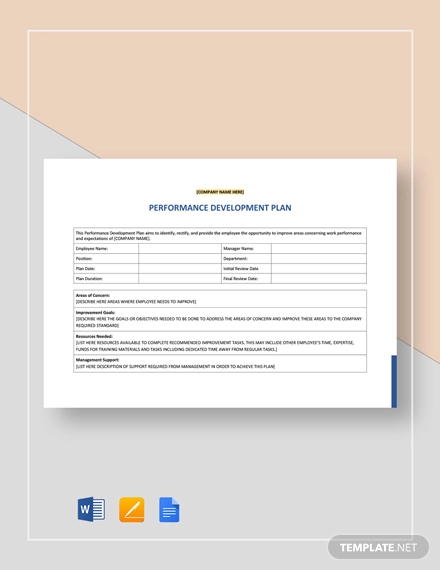
Professional Development Plan Example

Personal Development Plan Template
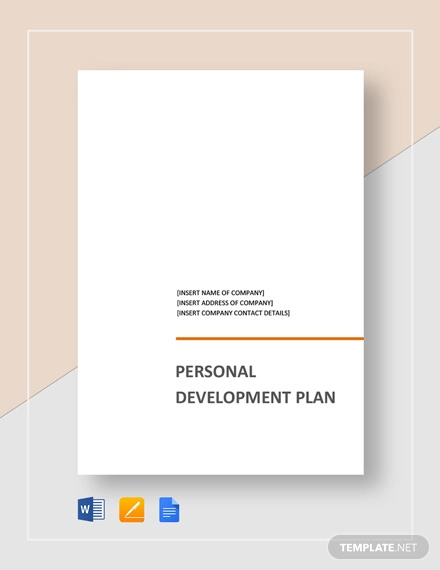
Executive Development Plan
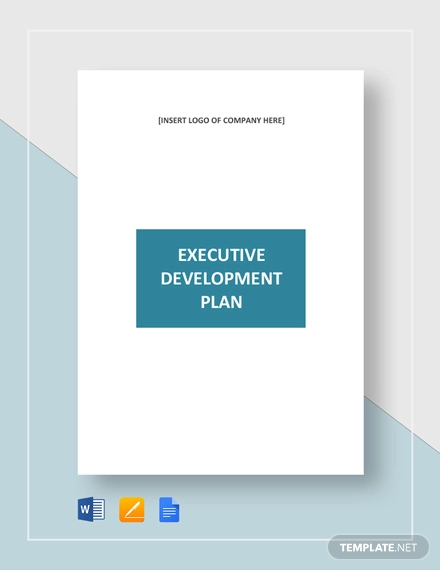
Simple Career Development Plan

Leadership Development Plan Template
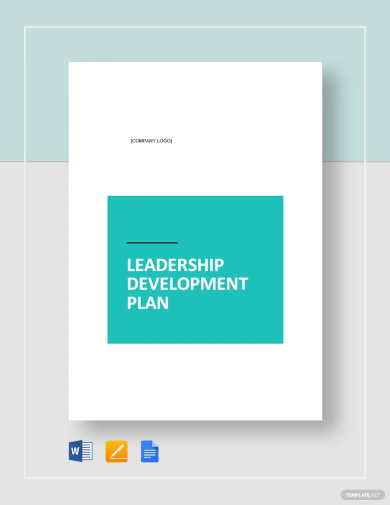
30 60 90 Day Professional Development Plan Template
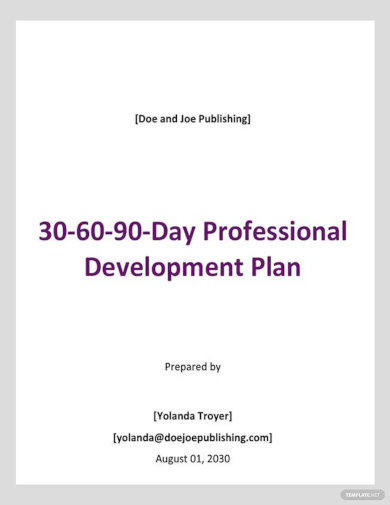
Individual Development Plan Template
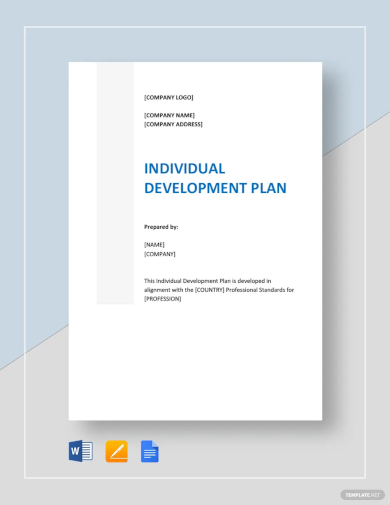
Business Development Plan Template
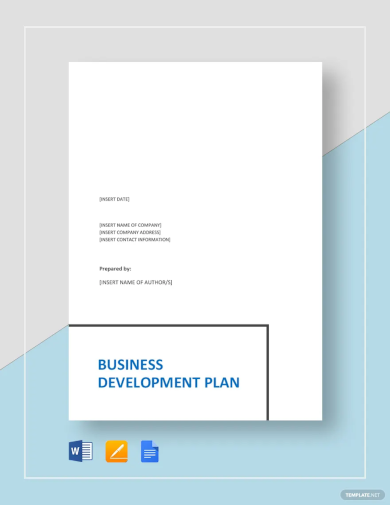
Staff Development Plan Template

Employee Career Development Plan Template
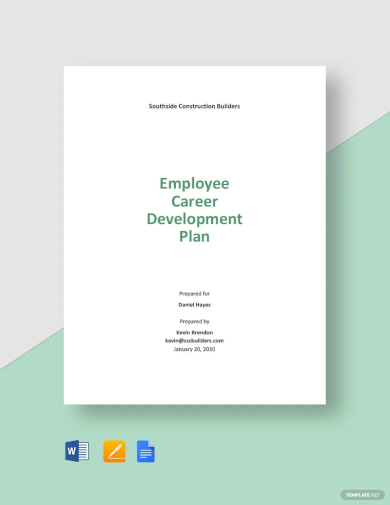
Employee Development Plan Template
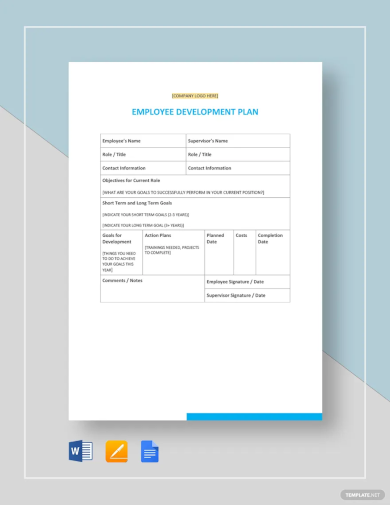
Simple Career Development Plan Template
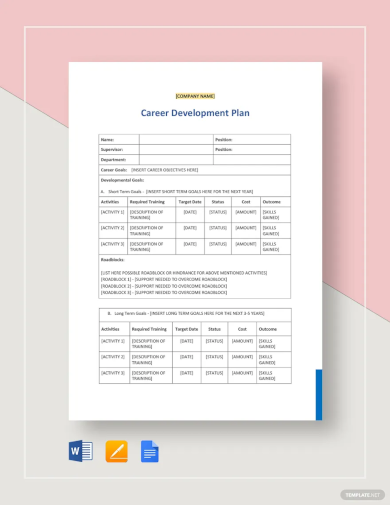
Training and Development Plan Template

Sample Employee Training and Development Plan Template
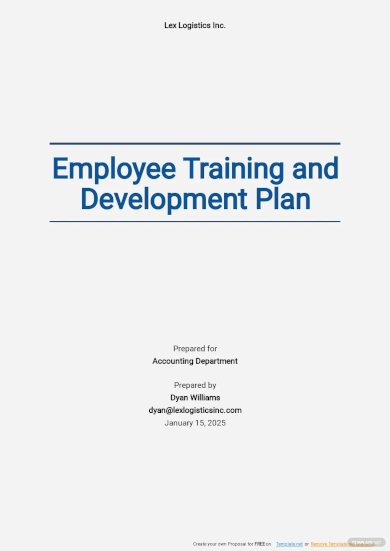
Simple Staff Training and Development Plan Template
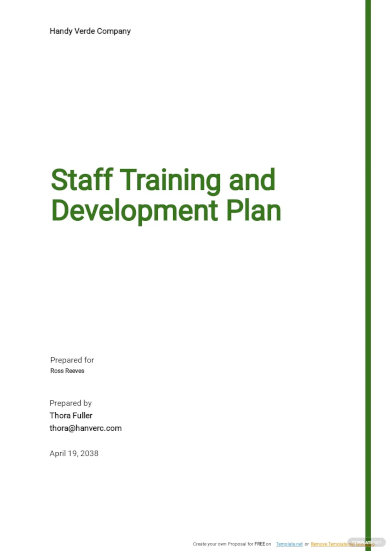
Sales Development Plan Template
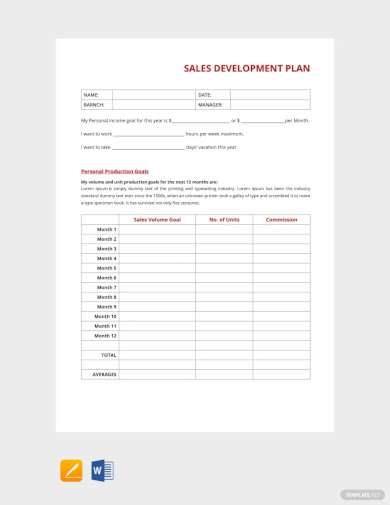
School Development Plan Template
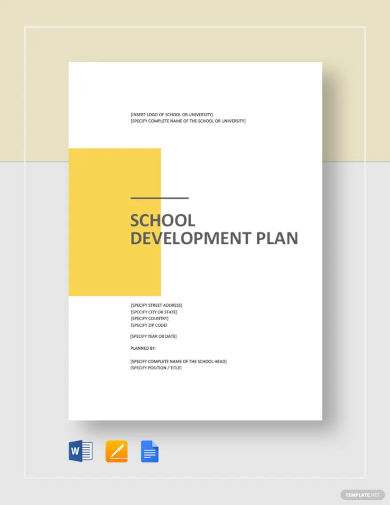
Business Development Plan Roadmap Template
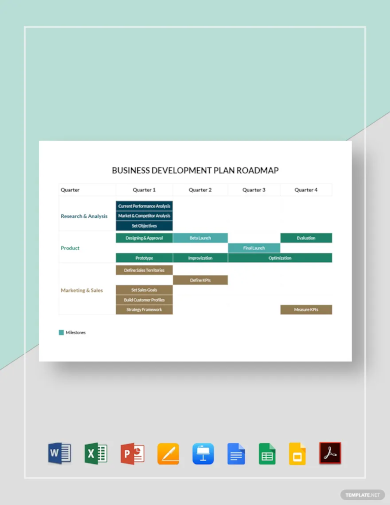
Clinical Development Plan Template
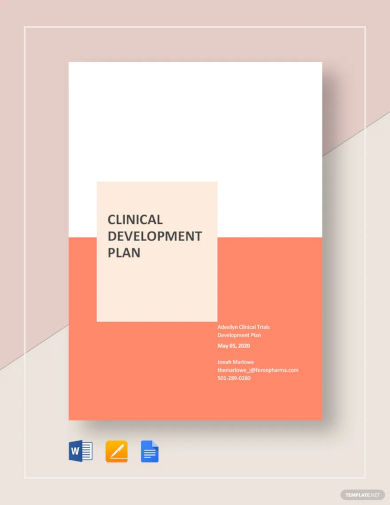
Pharmaceutical product Development Plan Template
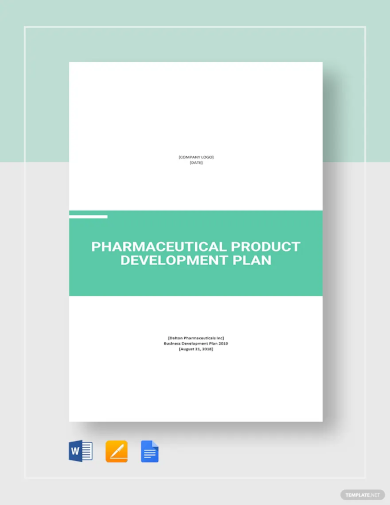
Performance Development Plan Template

Printable Employee Development Plan Template

Editable Business Development Plan Template

Career Development Plan Word Template
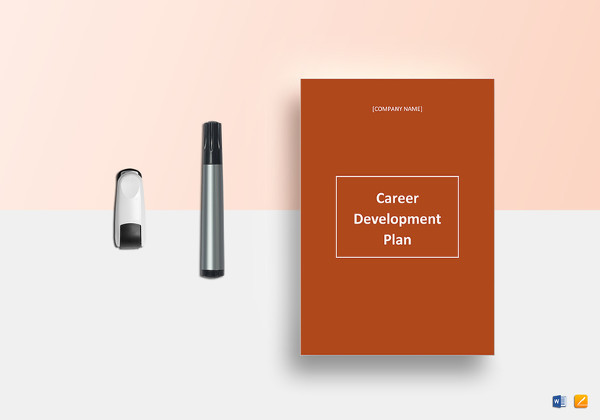
Individual Development Plan
Individual Professional Development Plan
Individual Career Development Plan
Individual Personal Development Plan Sample
Personal Development Plan Examples
Personal Leadership Development Plan
Personal Career Development Plan
Professional Development Plans
Professional Personal Development Plan
Free Individual Professional Development Plan
Teacher Professional Development Plan
Career Development Plan
Employee Career Development Plan
Individualized Career Development Plan
Academic Career Development Plan
Leadership Development Plans
Leadership Development Action Plan
Leadership Skills Development Plan
Leadership Self-Development Plan
Employee Development Plan Examples
Employee Personal Development Plan
Employee Professional Development Plan
Business Development Plans
Commercial Business Development Plan
Strategic Business Development Plan
New Business Development Plan
Staff Development Plan Examples
Staff Personal Development Plan
Staff Career Development Plan
Staff Individual Development Plan
District Staff Development Plan
Product Development Plans
New Product Development Plan
Free Product Development Plan
Fundraising Development Plan
Annual Fundraising Development Plan
Fundraising Resource Development Plan
Executive Development Plan
Senior Executive Development Plan
Technology Executive Development Plan
Executive Leadership Development Plan
Basic Executive Development Plan
Faculty Development Plan Example
Annual Faculty Development Plan
Faculty Career Development Plan
Faculty Individual Development Plan
Free Individual Faculty Development Plan
Faculty Goals Development Plan
HR Development Plan Sample
HR Career Development Plan
Hr Personal Development Plan
Local Development Plan
Free Local Development Plan
Performance Development Plan
Annual Performance Development Plan
Performance Development Plan Sample
Performance Management Development Plan
Performance Appraisal Development Plan
Quality Development Plan Example
Quality Measure Development Plan
Quality Individual Development Plan
School Development Plans
School Professional Development Plan
School Library Program Development Plan
Primary School Development Plan
Free School Development Plan
Village Development Plan Example
Basic Village Development Plan
Holistic Village Development Plan
Youth Development Plans
Regional Youth Development Plan
Generic Youth Development Plan
What Is a Development Plan?
A development plan typically includes an analysis of the current situation, a set of goals and objectives, a timeline for achieving those goals, and a list of actions to be taken to achieve them. The plan should also include a mechanism for monitoring progress and evaluating the success of the plan.
How to Create a Development Plan
A well-designed development plan can help individuals and organizations achieve their goals in a more efficient and effective manner. By outlining specific steps and actions required to achieve the desired outcome, a development plan can help individuals and organizations stay focused and on track towards their goals. The creation of a development plan does not need the use of a development plan template. Although that is certainly one option you can choose, you can simply start from scratch with the help of the following steps:
Step 1: Consider Your Goals
The first step towards the creation of any kind of plan is to know what you want to accomplish. For development plans, goals and objectives are especially important since they are what guides you through each step. Regardless if it is short-term or long-term, determine your goals first before anything else.
Step 2: Formulate Your Action Plan
Having considered your goals, the next step is to determine your course of action. Break it down into specific periods so that it becomes easier to track down later on. Then, list down the tasks and activities one by one. Whether your action plan revolves around a daily, weekly, or even a monthly schedule, is entirely up to you.
Step 3: Be Clear With Your Expectations
The end results of your action plan need to align with the goals you’ve set in step one. For a more pragmatic endgame, it would be useful if you compiled a list of expectations per task or activity. Doing so will help you assess your ongoing progress and whether or not you are close to reaching your goals.
Step 4: Have Follow-Ups
One of the last things you can do for your development plan is to come up with contingencies or systems that allow you to determine what comes next at the end of a specific time period. Will you require more time to reach your desired level of development? Are you ready to move on to your next goals? This is where you determine that.
FAQs
Who benefits the most from development plans?
The most common people who utilize development plans are business leaders, managers, and employees. That’s why employee variants like a development plan and a business development plan are usually touted around the workplace. However, people like athletes and students can also benefit from these kinds of plans for their own purposes. After all, anyone can create their own individual development plan or performance development plan.
What are the different types of development plans?
As mentioned before, there are employee development plans or career development plans, along with business development plans. Other types include product development plans and personal development plans.
How do development plans differ from strategic plans?
The first major difference is that development plans are often focused on only a few areas. It may even just focus on a single individual or goal. Strategic plans are more far-reaching, often involving numerous areas of business and for a longer span of time.
Even you have to realize that what you just performed has aided in your personal development now that you’ve read our post. Your newfound understanding makes it much simpler for you to formulate and contribute to development plans in any way you see fit. Just keep in mind to put everything you’ve learned here to good use, both for your own sake and the sake of others!


